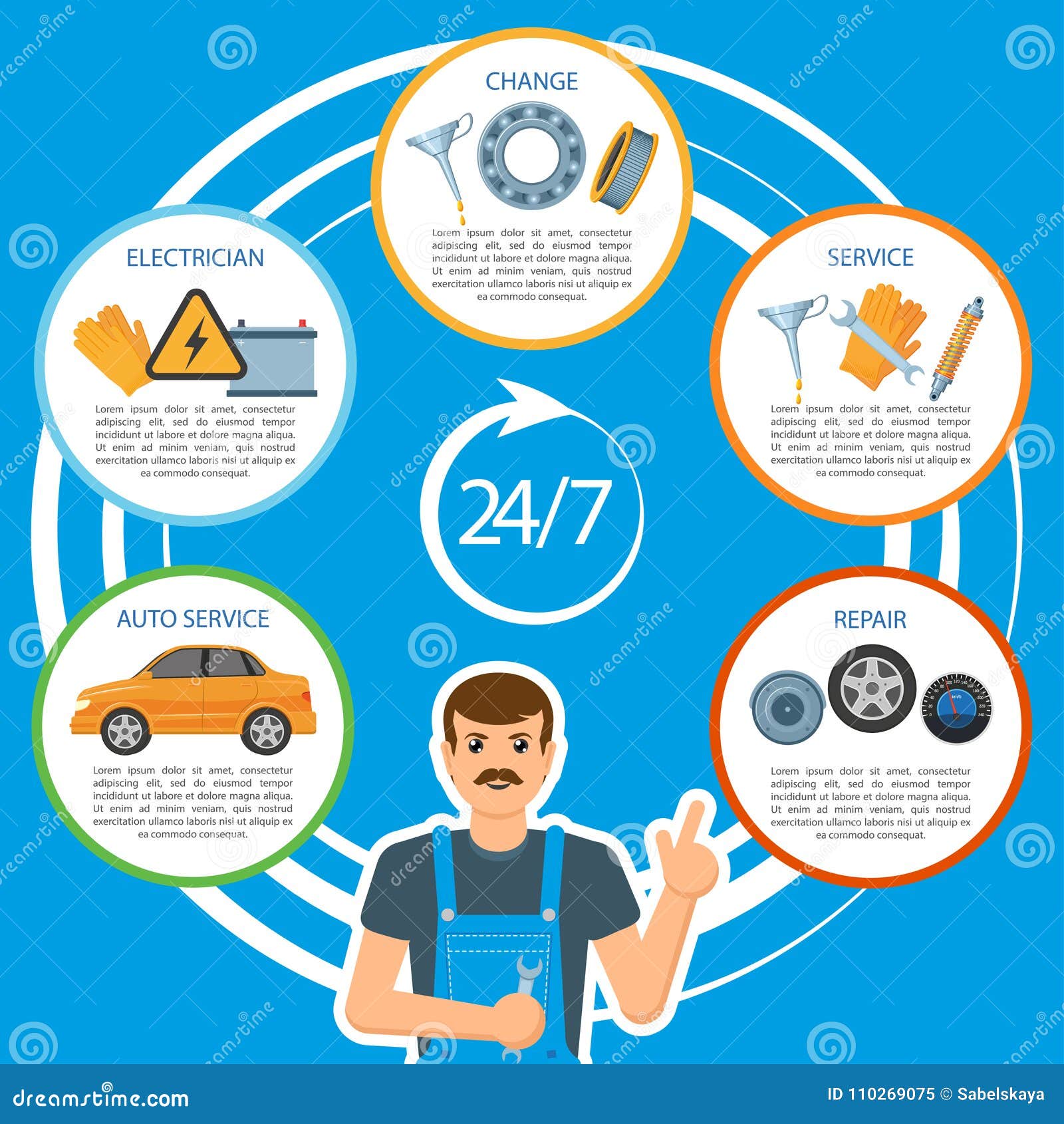Understanding The Actual Ramifications Of Warning Indicators In Your Automobile
Understanding The Actual Ramifications Of Warning Indicators In Your Automobile
Blog Article
Authored By-Peck Gross
When you're behind the wheel, those radiant warning lights on your control panel can be a bit complicated. Do you understand what they're trying to tell you concerning your car's health? Comprehending the relevance of these lights is important for your safety and the long life of your automobile. So, the next time one of those lights turns up, wouldn't you want to analyze its message properly and take the required steps to address it?
Common Warning Lighting and Interpretations
Recognize typical caution lights in your automobile and recognize their significances to make sure safe driving.
The most common caution lights include the check engine light, which signifies issues with the engine or exhausts system. If this light comes on, it's important to have your lorry checked immediately.
The oil stress advising light shows low oil stress, requiring instant focus to stop engine damages.
A flashing battery light might suggest a damaged billing system, possibly leaving you stranded otherwise dealt with.
The tire pressure tracking system (TPMS) light signals you to low tire stress, influencing car security and fuel effectiveness. Neglecting this can bring about harmful driving problems.
The ABS light indicates a problem with the anti-lock stopping system, endangering your capability to stop rapidly in emergencies.
Finally, the coolant temperature advising light warns of engine overheating, which can result in extreme damages if not settled swiftly.
Understanding these usual caution lights will certainly assist you attend to problems without delay and maintain risk-free driving problems.
Importance of Prompt Focus
Comprehending the typical caution lights in your vehicle is only the very first step; the value of without delay resolving these cautions can't be highlighted sufficient to guarantee your safety and security when driving.
When a warning light illuminates on your control panel, it's your auto's way of communicating a prospective problem that requires focus. Disregarding these cautions can lead to more extreme issues later on, compromising your safety and potentially costing you extra out of commission.
Motivate interest to warning lights can stop malfunctions and accidents. For example, a flashing check engine light can show a misfire that, if left ignored, could cause damage to the catalytic converter. Addressing this without delay can save you from an expensive fixing.
Similarly, a brake system advising light could signify reduced brake liquid or used brake pads, essential parts for your security when driving.
DIY Troubleshooting Tips
If you see a warning light on your control panel, there are a couple of DIY fixing tips you can attempt before seeking specialist aid.
The very first step is to consult your vehicle's handbook to comprehend what the particular caution light indicates. In some cases the concern can be as basic as a loose gas cap causing the check engine light. Tightening the gas cap might deal with the problem.
One more typical issue is a reduced battery, which can trigger various alerting lights. Inspecting the battery connections for corrosion and guaranteeing they're safe and secure could deal with the trouble.
If logan square auto repair lingers, you can attempt resetting it by separating the vehicle's battery for a few minutes and after that reconnecting it. Additionally, checking just click the following page , such as oil, coolant, and brake fluid, can assist repair alerting lights related to these systems.
Verdict
To conclude, comprehending your automobile's warning lights is necessary for keeping your car running smoothly and securely. By promptly addressing these notifies and knowing what they mean, you can stay clear of costly repair work and prospective malfunctions.
Remember to consult your cars and truck's guidebook for specific information on each warning light and do something about it as necessary to guarantee a trouble-free driving experience.
Keep informed, remain risk-free when driving!
